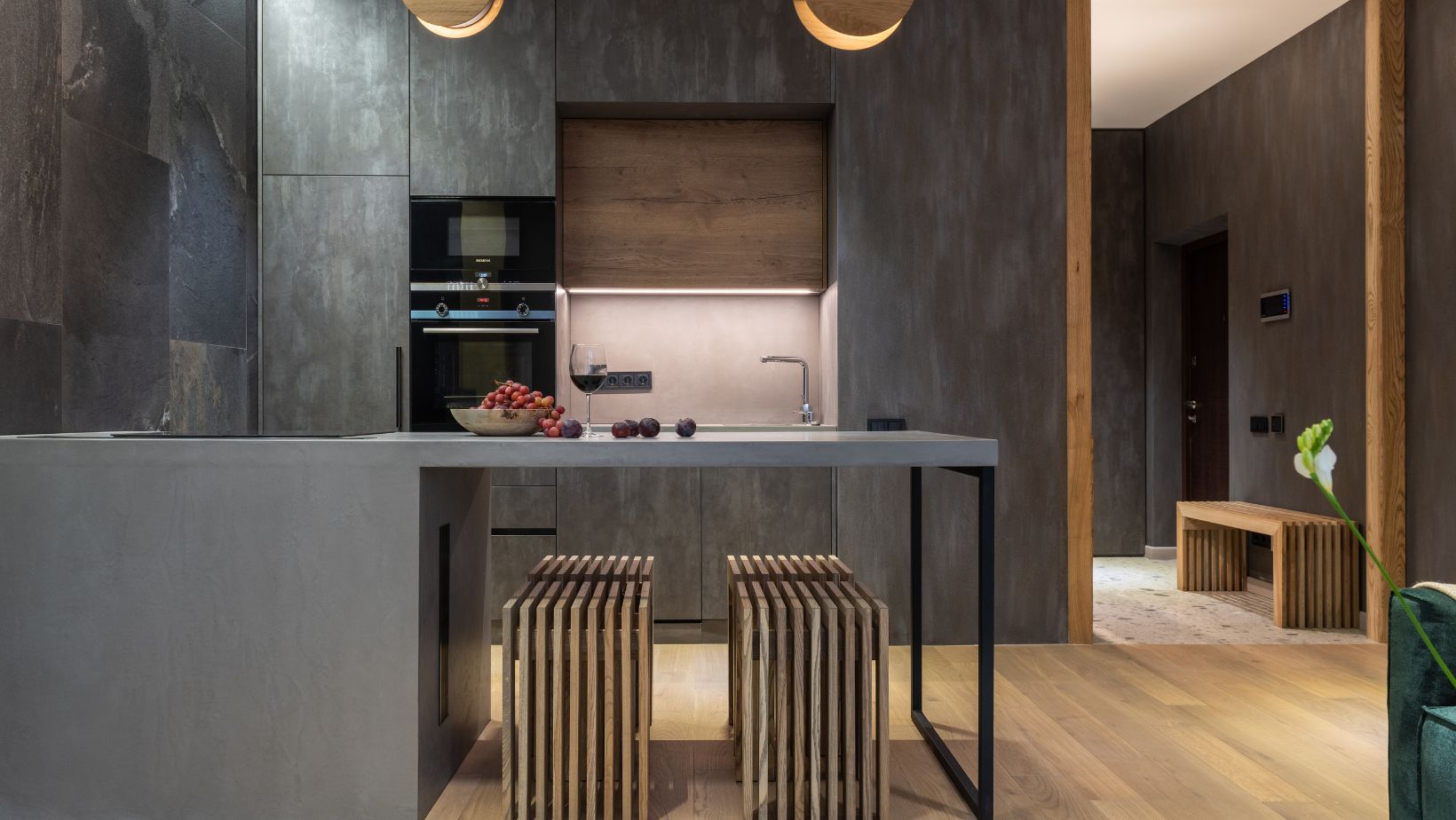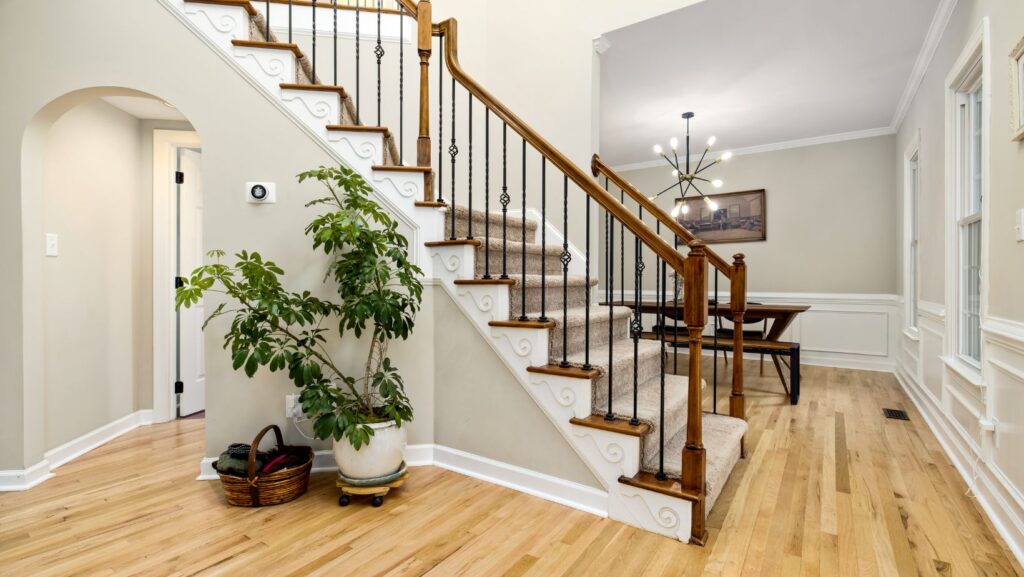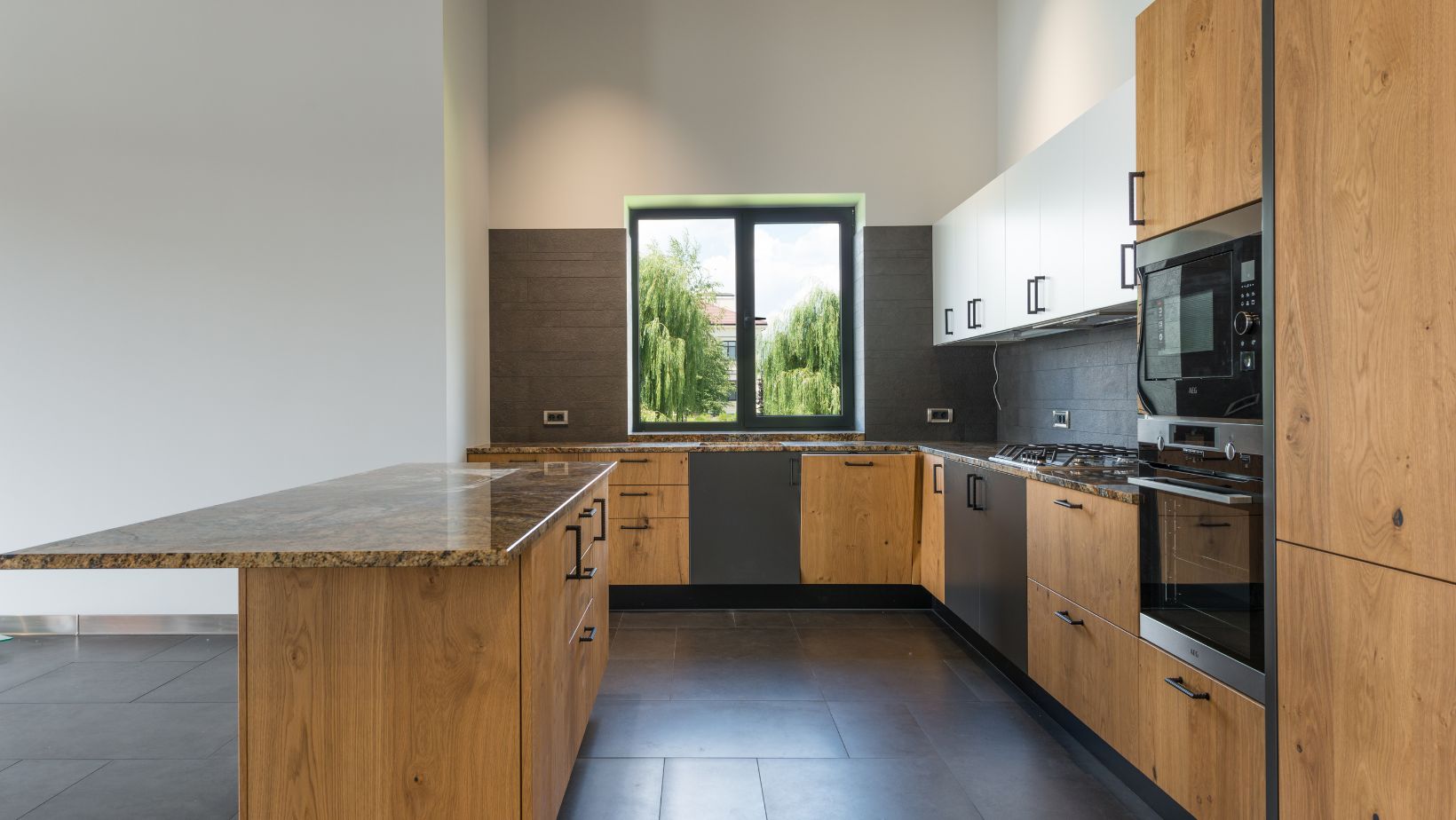Minimalism has significantly shaped modern interior design, emphasizing simplicity, functionality, and the intentional use of space. It features uncluttered environments that promote tranquillity and purpose. Emerging in the late 20th century, minimalism advocates for reducing design elements to their essential components.
Minimalism highlights the beauty in simplicity. Key principles include the use of basic geometric forms, open floor plans, and a restrained color palette. They contribute to serene and harmonious spaces.
Integration of Biophilia
In recent years, minimalism has evolved to incorporate biophilic design, which seeks to connect occupants more closely to nature. This integration introduces natural elements like plants, natural light, and organic materials into minimalist spaces, enhancing well-being and creating a more inviting atmosphere. The combination of minimalism and biophilia fosters environments that are both functional and nurturing.
This fusion of biophilia and minimalism also promotes sustainability by encouraging the use of eco-friendly materials and energy-efficient design principles. Incorporating reclaimed wood, bamboo, and other renewable resources aligns with the minimalist ethos of simplicity while reducing environmental impact. Similarly, the thoughtful placement of greenery and natural textures softens the starkness often associated with minimalism, creating spaces that feel warm and harmonious rather than austere. By seamlessly blending these approaches, designers craft interiors that support both human health and the planet.
The Use of Natural Shapes and Forms
Natural shapes and forms are central to minimalist design, creating a sense of harmony and connection to nature. Organic curves, flowing lines, and asymmetrical patterns soften the starkness of traditional minimalism. These elements mirror the unpredictability of the natural world, adding a calming aesthetic to interiors.
Incorporating natural forms complements biophila by fostering a serene environment. Furniture and decor inspired by nature, such as curved sofas or leaf-shaped lighting, blend functionality with artistry. This approach balances simplicity with warmth, making minimalist spaces feel inviting and dynamic.
Natural designs often integrate greenery to enhance the connection between indoor spaces and the natural world. Plants, whether in the form of potted greenery, vertical gardens, or hanging planters, bring life and vibrancy to minimalist interiors. These elements not only purify the air but also complement the simplicity of minimalist design by adding texture and visual interest.
Warm Minimalism Adds Comfort to Simplicity
The concept of warm minimalism has gained popularity, blending the clean lines of traditional minimalism with cosy, inviting elements. This trend incorporates warm neutral colors, natural materials such as wood and stone, and layered textures to create spaces that are both simple and comfortable. The result is an environment that feels both uncluttered and welcoming.
Colorful Minimalism Balances Simplicity and Vibrancy
Colorful minimalism introduces vibrant hues into minimalist spaces, striking a balance between simplicity and boldness. By maintaining a neutral base and adding pops of color through furniture or accessories, this trend adds personality to minimalist interiors without overwhelming the space. The key is to use color strategically, ensuring that the overall design remains cohesive and uncluttered.
Sustainable Minimalism Chooses Quality Over Quantity
A growing emphasis on sustainability has influenced minimalist design, encouraging the selection of high-quality, durable materials that reduce the need for frequent replacements. This approach aligns with the minimalist ethos of intentionality, promoting the idea that less is more by focusing on the longevity and functionality of design elements. Incorporating sustainable practices into minimalist design not only benefits the environment but also creates timeless interiors that stand the test of time.
The Role of Natural Light and Open Spaces
Natural light plays a crucial role in minimalist interiors, enhancing the sense of openness and tranquility. Large windows, open floor plans, and the strategic placement of mirrors are common techniques used to maximize natural light, creating bright and airy spaces that promote well-being. Natural light enhances the minimalist aesthetic by emphasizing the simplicity and functionality of design elements.
Decluttering and Functional Furniture
A core aspect of minimalism is decluttering, which involves removing unnecessary items to create a clean and organized space. This practice is complemented by the use of functional furniture that often serves multiple purposes, such as storage solutions that keep belongings out of sight. By focusing on functionality and simplicity, minimalist interiors provide a sense of order and calm.
The Rise of Technology in Minimalist Spaces
Technology has seamlessly integrated into minimalist interior design, enhancing functionality while maintaining simplicity. Smart home systems, built-in lighting solutions, and concealed technology ensure that modern conveniences do not disrupt the clean aesthetic. These advancements make it possible to create highly efficient spaces without adding unnecessary visual clutter. Minimalism thrives on blending innovative tech with timeless design.
In urban environments where space is often limited, minimalism offers practical solutions. Compact furniture, biophilic design, multi-functional layouts, and effective use of vertical space are common strategies. By focusing on essentials, minimalist interiors maximize the utility of small apartments and homes. The design emphasizes creating a spacious feel, even within confined areas, making urban living more comfortable and visually appealing.



More Stories
Understanding Tile Labor Cost Per Square Foot
Latest Sleep Tech Trends Make Your Bedroom Dreams Come True
Interior Design Concepts: Transform Your Space with Style and Functionality